Production Basics #16 – Mixing with Compression
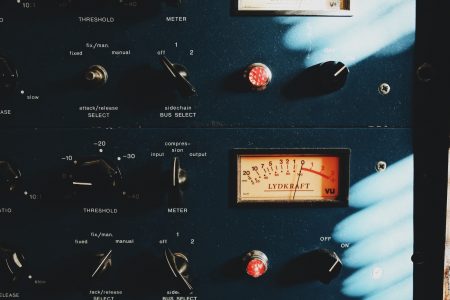
In production basics part 15 we’ve learned some things about one of the most important mixing tools: EQ. Another tool that is used all the time when mixing is compression. Compression is often overused and misunderstood. I hope this article will clarify the mysticality’s of compression a little bit. What is compression? As we’ve discussed […]
Production Basics #15 – Mixing with EQ

In part 14 of this production basics series, we briefly went over the different types of effects. In the next couple of articles, we will dive deeper into each effect category. Let’s start by looking at one of the most important plugins that exist: the equalizer. An equalizer is a powerful tool that is often […]
Production Basics #14 – Effects
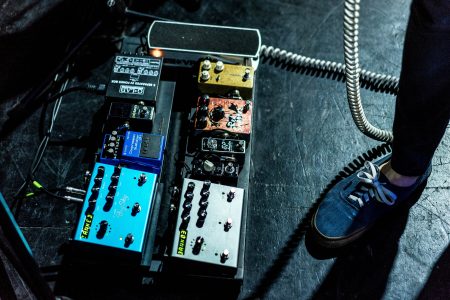
Effects are used everywhere in music production. Effects are found inside synthesizers, guitar pedals, and mixers. The sheer number of different effect types can be overwhelming. That’s why I want to give an overview of the different effects used in music production. The practical use of these effects will be covered in feature articles. Filtering […]
Production Basics #13 – Mixing
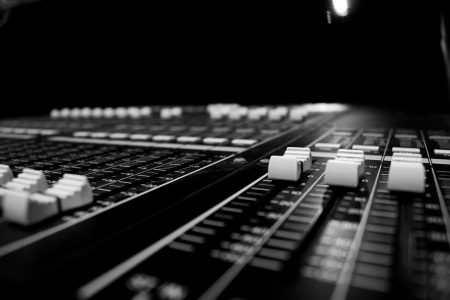
We’ve looked at music theory and synthesis so far. Now let’s look at mixing. Music producer and mix engineer used to be two completely different jobs. In fact, in traditional music, many people worked together to create an album. A songwriter would compose melodies and chord progressions while a lyricist would write the words, band […]
Production Basics #12 – Sampling
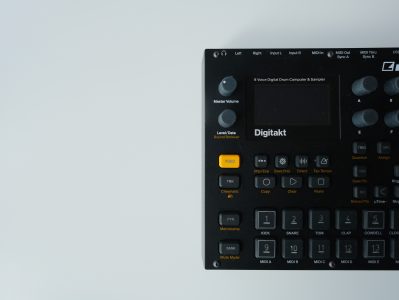
Samplers are powerful tools to play and manipulate short audio fragments. Whether it is a drum sample, chord, or vocal fragment. All kinds of audio can be tweaked to fit perfectly into your mix. Now that you know a thing or two about synthesis, using a sampler is not that much different. A sampler also […]
Production Basics #10 – Subtractive Synthesis II
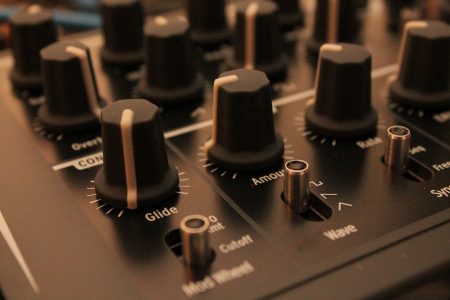
Let’s continue down the signal path of a subtractive synthesizer. In part 9 we got some insight into oscillators and other common parameters. In this part, we’ll discuss filters. But first, let’s talk quickly about the mixer. Mixer Since most synthesizers have multiple oscillators, we need some way to sum all outputs together. This is […]
Production Basics #9 – Subtractive Synthesis I
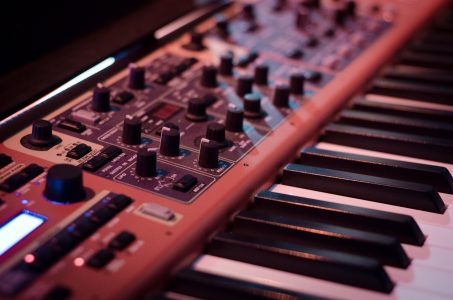
In part 8 of this production basics series, we’ve introduced some synthesis techniques. Before we dive into advanced synthesis techniques we will start with the basics. Subtractive synthesis is used in 90% of the synth’s you’re likely going to use and isn’t that difficult to understand. We will look at all the parts that go […]
Production Basics #8 – Basics of Synthesis
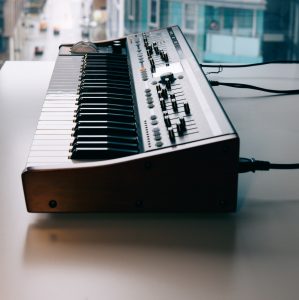
Synthesizers play a huge role in electronic music production. Synthesizers basically defined electronic dance music. In the next couple of articles about music production basics for beginners, we are going to dive into synthesis. With hundreds of synthesizer plugins and more being developed every day, we’ve got a ton to learn. Fortunately, we don’t have […]
Production Basics #7 – Arrangement & Form
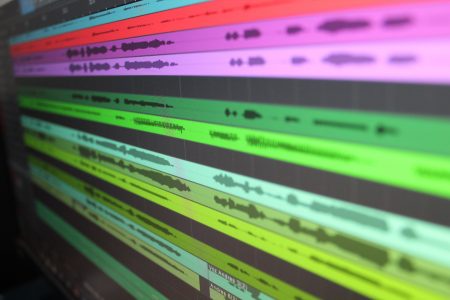
Now that you know everything about rhythm, chords, and melodies. Let’s look at how to mold those ideas into a 3 minute and 30-second track. Form Form or structure describes what parts go into a song and in what order. A typical song structure is as follows: Verse A > Verse B > Chorus > […]
Production Basics #5 – Melody

In part 3 of this production basics series we’ve talked about scales and in part 4 we’ve looked at intervals. With both concepts explained we can now start writing our own melody. What is a melody? A melody is a phrase consisting of succeeding whole steps, half steps, and intervals using a certain rhythm. A […]
Music Production Basics for Beginners

In this series called music production basics, you will learn the fundamentals of music production in 22 articles. What is this course all about? This course is for people new to music production, who might have opened a DAW before but need some guidance on where to start. This blog series isn’t going to explain […]
Production Basics #4 – Intervals

In part 3 of this series about music production basics, we’ve introduced the major scale and the names of the black and white keys on a piano. In this part, we are going to learn a new scale, called the Minor scale and we’ll talk about intervals. Minor Scale In part 3 we’ve learned that […]
Production Basics #3 – Major Scales

In the first two articles, we focussed on rhythm. In part 3 of this production basics series, we are getting into melodic territory. But before we get to work on creating melodies we first have to talk about the system behind melodies. Let’s talk about scales. Mainly the Major scale. A melody is made of […]
Production Basics #1 – Rhythm I
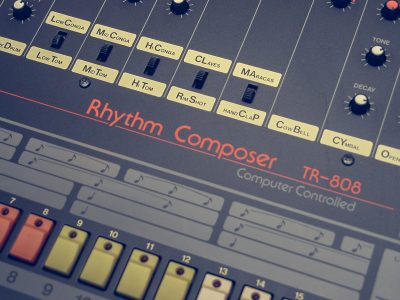
This is the first part of a series about music production aimed at beginners. Learning to write and produce your own tracks from scratch is a tough but very rewarding journey. To become an expert in the craft of music production you need to start with the basics. One of the fundamental parts of music […]
How to find high quality samples?
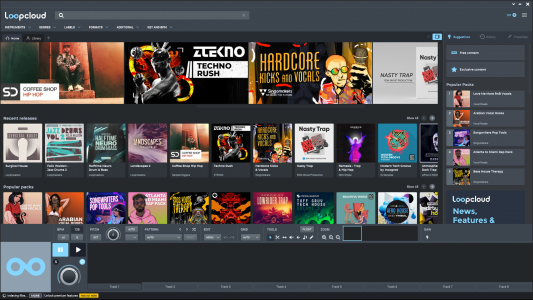
Every time I open up my sample library I get confronted with this never-ending list of drum samples. Sifting through hundreds of files to find that perfect sample. Starting out with high quality samples will give you a head start in your production game. But how do you pick good samples and what qualities do […]
Can I master my own tracks?
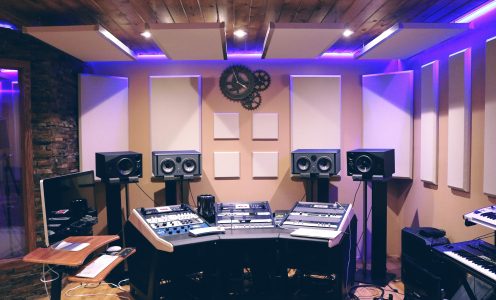
Mastering is an art form that requires a deep technical understanding of analog and digital audio. Mastering is much more than just putting a limiter on the master bus. While it’s technically possible to master your own tracks, there are many reasons why it’s not recommended. Let’s first start with 4 reasons not to master […]
What is fader riding?

Many people use compression to reduce the dynamic range of a track. A compressor is nothing more than an automated volume control. In fact, before compression was even invented, real hands turned faders up and down during mixdown. A note that was a little too quiet could be turned up and notes too loud could […]
8 Creative Ways to use Distortion In Your Tracks
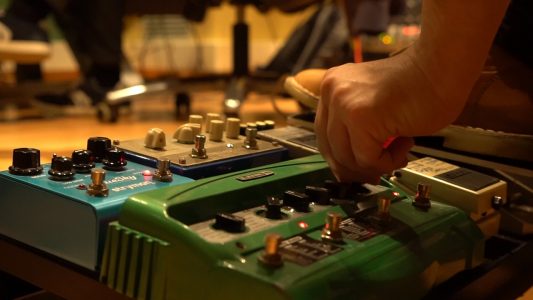
Distortion is something you usually want to avoid when recording. You don’t want to see those red lights blinking at you, right? That is often the case, clipping your interface or converters isn’t a very pleasant sound. But why is it that we do like the subtle overdrive of a guitar amp? Or the warm […]
How to remake a track

Have you ever wondered how that one track you absolutely love was made? A producer won’t give away his secrets for free, so unless you happen to know this producer, you’ll have to figure out a way to discover the inner details by yourself. Let’s talk about how to remake a track. To really dive […]
Create your own kickdrum
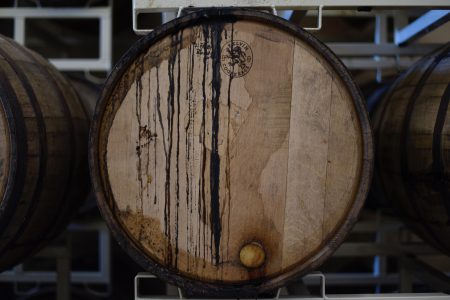
Making the perfect kickdrum always seemed like an impossible task to me. How do professional producers create kicks that sound punchy and fat in a club? In reality, many producers struggle with creating great kickdrums. So how do they get around this problem? Well, they use great sounding samples in the first place. Second, if […]


